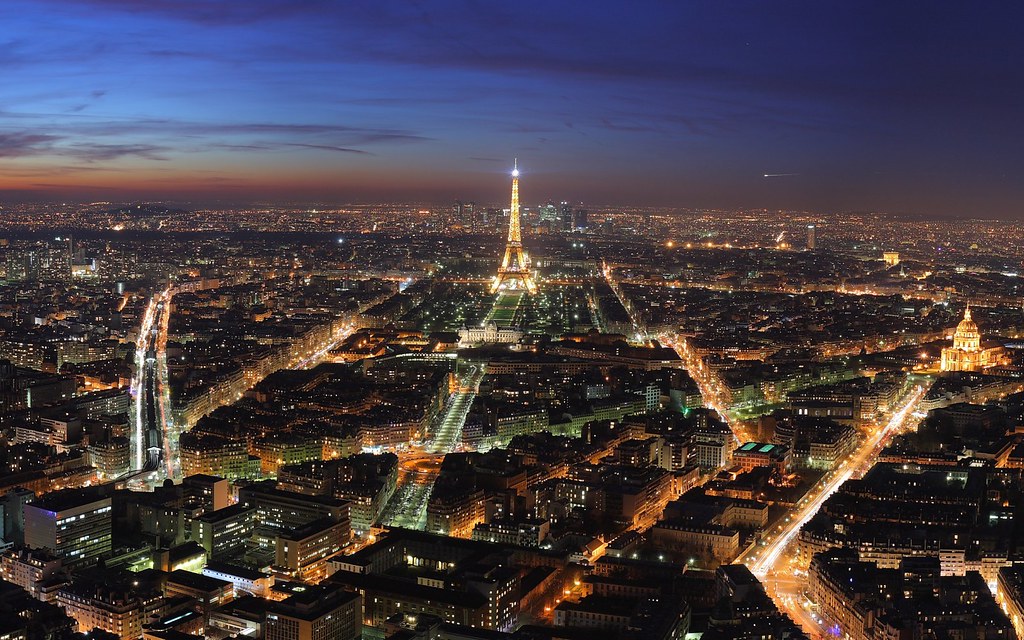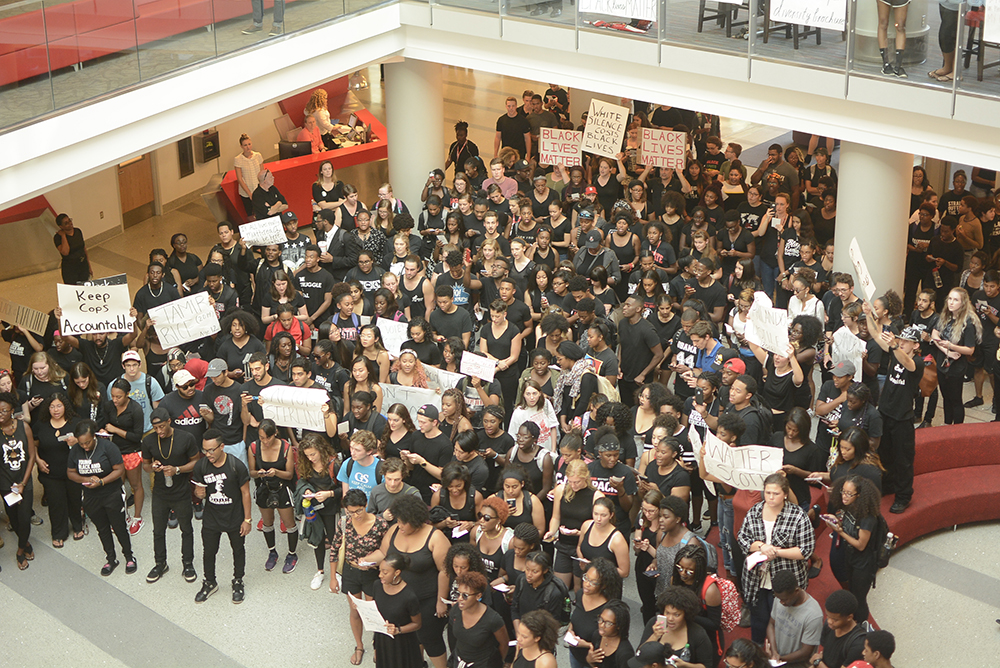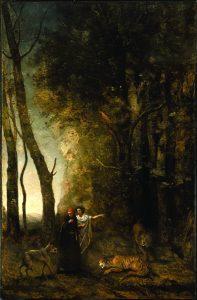
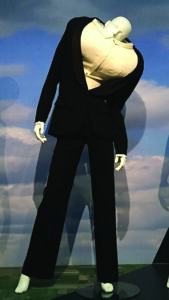
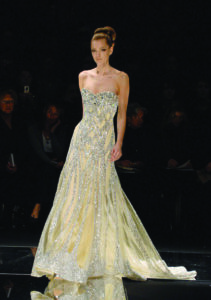
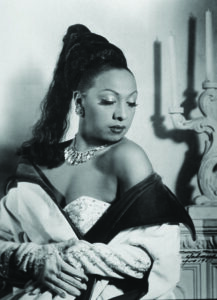
Paris Haute Couture Week, which recently wrapped up, is a biannual event where fashion houses present their high-end, handmade designs. With each brand having its own unique history and stylistic signatures, the inspiration behind the shows came from a wide range of sources.
Dior’s creative director, Maria Grazia Chiuri, took her inspiration from well-known African American and French dancer, singer, actress, activist and even spy, Josephine Baker. Born in the U.S. Baker rose to fame in 1920s France and became one of Europes’ highest-paid entertainers. Baker’s work as a performer gave her access to important people and places.
When World War II started she worked with the French Resistance to deliver secret messages, thus earning some of the highest French military honors. She was adored by many. However, in the U.S. she still faced a great deal of racism and refused to play for segregated crowds. Baker was also the only woman to officially speak at the March On Washington and earned recognition from the N.A.A.C.P. for her efforts against racism.
To set the stage, Dior lined its runway with portraits of “Black and mixed-race women, like Joséphine Baker, who evolved into powerful figureheads by breaking racial barriers and going against the grain,” says Chiuri.
Dior’s collection had a color palette of mainly grays, whites, blacks and golds, and featured plenty of silk, satin, fringe and velvets. The designs modernized aspects of the ‘20s flapper dresses —which Baker and other performers wore during the time— borrowing only one or two components of flapper fashion for each design instead of combining all elements.
Elie Saab also showcased a collection with interesting inspiration. Titled “A Golden Dawn,” their collection was inspired by “impressions from the natural scenes and rituals of the revered Kingdom of Thailand, according to their website; further described as “royal in its scope and regal in its progression,” the collection projects elegance through its intricate gold sequin-work and careful beading.
Traditional Thai formalwear often features gold due to the influence Indian fashion on Thailand under the Dvaravati Kingdom, according to Thailand Insider. Other prominent aspects of Elie Saab’s designs, such as the one shoulder draping, may be inspired by traditional garments such as the Chong Kben and the Sabai. The Chong Kben has shorter draping and is worn by both men and women, whereas the Sabai is worn only by women and drapes to the floor. Elie Saab’s designs have both long and short draping garments, and likely took inspiration from both. Other features of the collection include sharply tailored, angular suiting, full skirts and long, flowing trains.
For Schiaparelli, Creative Director Daniel Roseberry says in the show notes that their inspiration came from Dante Alighieri’s poem “Inferno,” after which the collection is named. Many of the pieces had structured and swooping necklines, sometimes covering the model’s faces, as well as dramatic silhouettes and, as is expected from Schiaparelli, plenty of gold.
The designs that caught the most attention, and stirred up the most controversy were Roseberry’s representations of the three beasts described in Alighieri’s poem. The models Shalom Harlow, Irina Shayk and Naomi Campbell wore dresses that included the faux heads of a leopard, a lion and a “she-wolf,” representing “lust, pride, and avarice” says Roseberry.
In the notes, Roseberry says the collection is his “homage to doubt.” He later states of heaven, hell and purgatory that “one cannot exist without the others.” Further saying that “there is no ecstasy of creation without the torture of doubt,” a feeling that many of his fellow designers likely share.
Like Schiaparelli’s show, Viktor & Rolf’s drew a great deal of online attention. Titled “Late Stage Capitalism Waltz,” the collection quickly went viral for its designs. Fanciful gowns were placed at varying angles over the base of the dresses creating the illusion of not being fully on the models. It was described in the show notes as “an absurd take on a stereotypical couture ballgown for the 21st century.” Along with the dresses seemingly independent of the model’s bodies, are the perfectly fitting, sparkly tulle gowns one would expect to see.
Turning the idea of ballgowns on its head in a literal sense, one design was positioned upside down, with the skirt obstructing the model’s face completely. This collection’s use of avant-garde angles juxtaposes elegance with impracticality and gives audience members an uncanny feeling.
While these designers’ inspirations may not have been obvious at first glance, one explained, the reasoning behind their design choices makes sense and helps give meaning to pieces that can otherwise be written off as just a dress. In a way, it gives a small insightful glimpse into the creative undertaking of Haute Couture, allowing us to think about the processes leading up to the finished products we all see.

